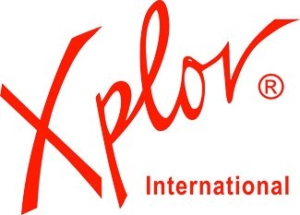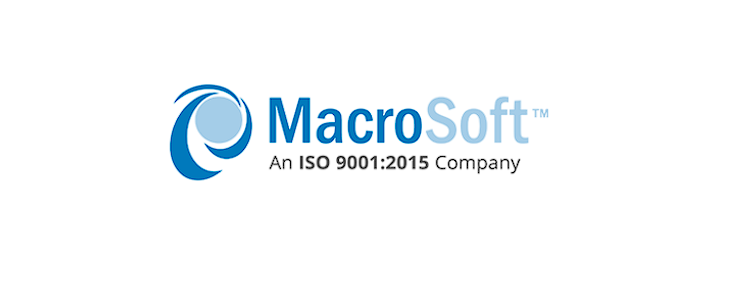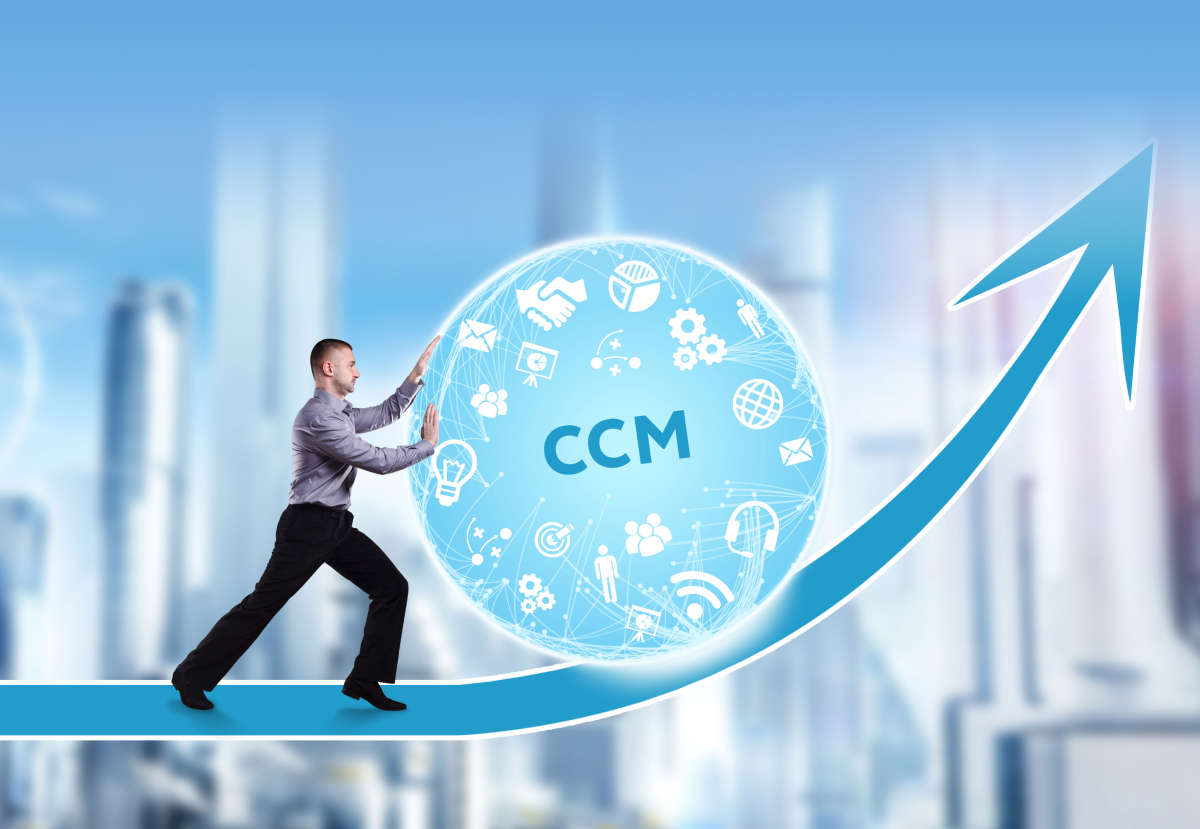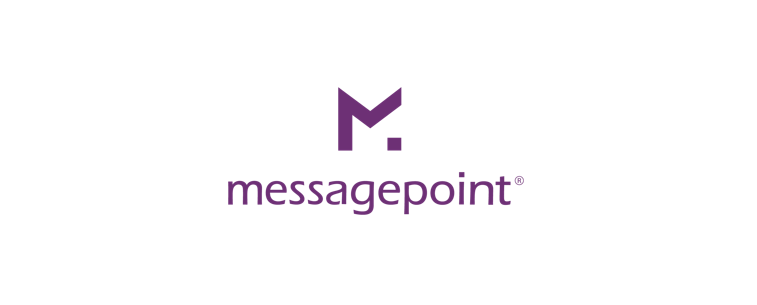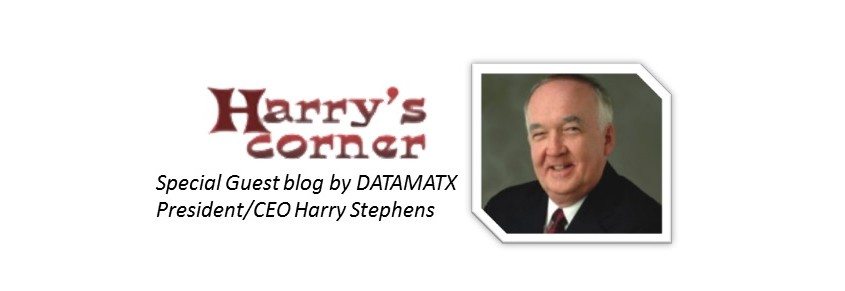An Interview with Roger P. Gimbel, EDP, President, Gimbel & Associates
By Skip Henk, President/CEO, Xplor International
Roger Gimbel and I have known each other for almost 30 years. For the last 20, through Xplor as Gimbel & Associates is a staunch supporter of the association as a Platinum Elite Partner, Diamond Event sponsor, exhibitor, speaker and much more. Recently I spoke to him on a variety of technology topics and asked him to share some of his thoughts with our readers.
Skip: For our readers who are not familiar with Gimbel & Associates give us your 15 second elevator pitch.
Roger: The uniqueness of Gimbel & Associates lies in several key aspects that set us apart in the highly competitive landscape of our industry:
With decades of experience in the field, Gimbel & Associates boasts a team of seasoned professionals who have encountered and successfully addressed a wide range of challenges in various sectors of the print graphics and marketing industries. Our depth of knowledge and extensive industry insight is a testament to our expertise.
Gimbel & Associates does not offer one-size-fits-all solutions. We pride ourselves on delivering highly customized strategies and plans that address the unique circumstances and objectives of each client.
Our team of highly experienced consultants thrive on staying ahead of the curve by embracing the latest trends, technologies, and best practices. We’re not just reactive; we’re proactive. Our commitment to continuous learning and professional development ensures that our team is always at the forefront of industry trends.
We don’t view our clients as one-off projects. Instead, we aim to build long-lasting partnerships, providing ongoing support and guidance to help them navigate the complexities of the business world.
Skip: How important is color management in the inkjet world?
Roger: Color management, such as that of our partner, ChromaChecker, is of paramount importance in the inkjet production print world for several key reasons:
- Maintaining consistent color from one print job to another is critical. Customers expect the colors in their marketing materials, packaging, and other printed products to match their branding and design specifications precisely.
- Consistent and faithful color reproduction in inkjet production helps ensure that printed materials accurately represent a company’s brand, which is critical for brand recognition and customer trust. Certain industries, such as packaging and labeling, have strict color accuracy and consistency requirements due to regulatory standards.
- Quality Control: Color management helps identify and rectify color discrepancies before the final output, reducing waste and rework. Efficient color management processes can save both time and resources.
- Inkjet production print environments often handle a wide range of substrates and print applications. Color management systems can adapt to various substrates and ink formulations, ensuring accurate color reproduction across different media.
- In a competitive print market, the ability to consistently deliver high-quality, color-accurate prints can give a business a significant edge.
Skip: Have toner-based production printing systems reach their “end of life”?
Roger: Toner-based production printing systems had not reached their “end of life.” They have been a mainstay in the printing industry for many years and are known for their high-quality output, speed, and reliability, making them suitable for a wide range of applications, including commercial printing, transactional printing, and packaging. However, it’s important to note that the print industry is continually evolving, and technological advancements can lead to changes in the popularity and prevalence of various printing technologies.
Several factors influence the continued relevance and adoption of toner-based production printing systems:
- The demand for short-run, variable data, and personalized printing has continued to grow. Toner-based systems excel in these areas due to their digital nature.
- Ongoing developments in toner formulation and printing processes have led to improvements in print quality, color accuracy, and efficiency.
- Toner-based systems are versatile and can handle various print substrates, including paper, synthetic materials, and labels, making them suitable for a broad range of applications.
The choice between toner-based and inkjet production printing systems depends on the specific needs of a printing operation, including print volume, substrate requirements, color quality, and budget considerations. It’s advisable for businesses in the printing industry to regularly assess their equipment and technology options to determine the best fit for their evolving needs.
Skip: Can interactive print change how people view the printed page?
Roger: Yes, interactive print has the potential to change how people view the printed page by adding new dimensions of engagement and interactivity to traditional printed materials.
Printed materials often have limited space for text and images. Interactive print provides a way to overcome this limitation by offering readers the option to access more in-depth information, supplementary content, or links to external resources.
Interactive print can be used to deliver personalized content or experiences based on the reader’s preferences or location. For example, a magazine might provide customized content recommendations or special offers tailored to the reader’s interests.
Marketers can use interactive print in campaigns to create memorable and interactive advertisements. QR codes and AR experiences can provide customers with product demonstrations, discounts, or additional product information directly from printed ads.
By creating interactive print printers have the potential to breathe new life into the printed page by blending the benefits of traditional print with the interactivity and richness of digital media.
Skip: Roger, thank you for your time and insights. For those that would like to learn more about Gimbel & Associates you can visit their website at: http://www.rogergimbel.com/ as it contains a wealth of information that I am sure you will find helpful. Roger will also be at the 2023 Xplor CCM Summit, November 14-16th in Orlando. Stop by and say hello.
